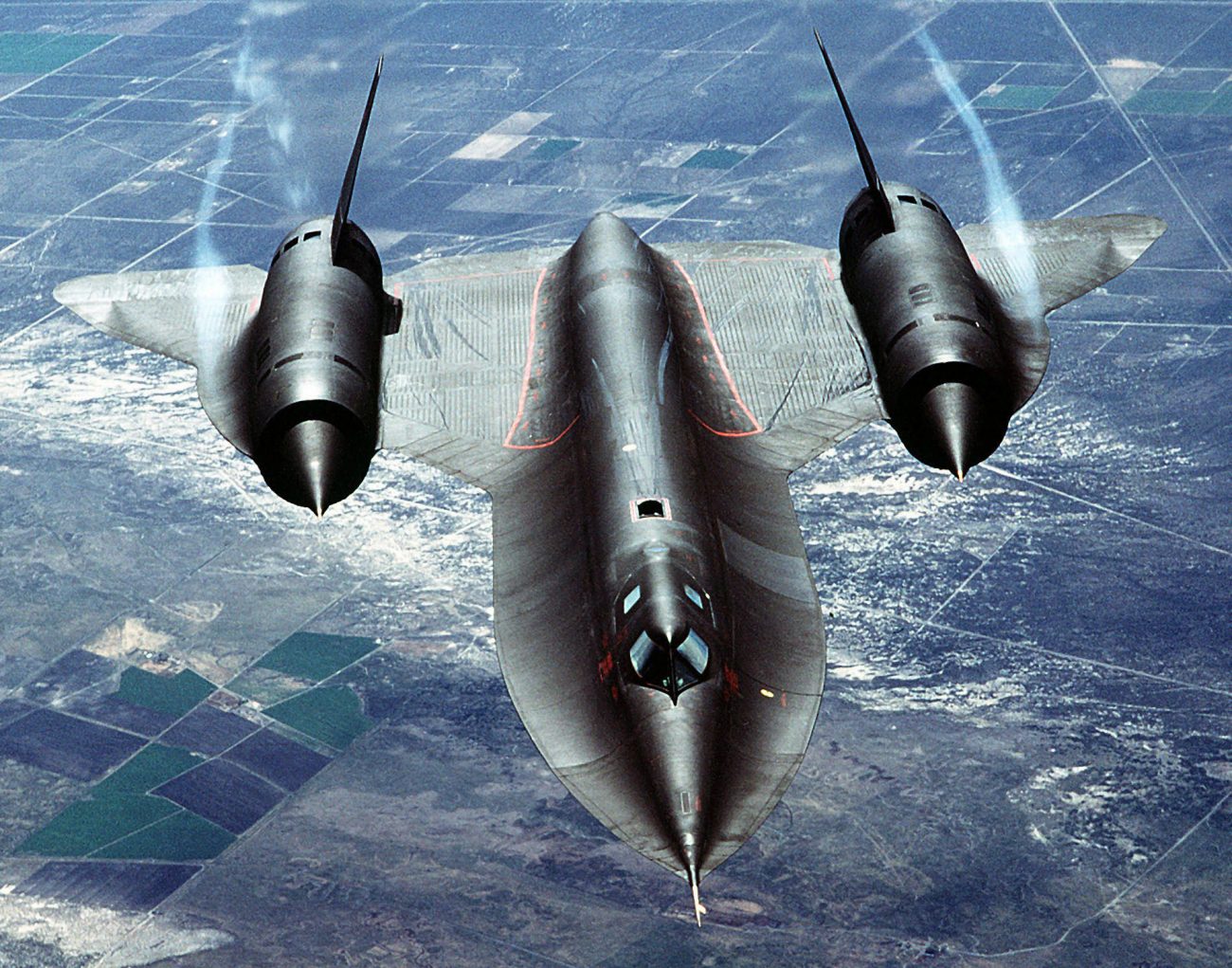World’s Fastest Military Aircraft — After 6th-Gen Fighter, China Looks To Outdo The U.S. With Its Superfast Turbojet Engine

In what may be the first acknowledgment of a high-speed military project in China, a team of Chinese scientists has concluded ground testing of a super fast turbojet that could power its own high-speed ‘Blackbird’ military aircraft.
The supersonic SR-71 ‘Blackbird’ combat aircraft is renowned for being the fastest operational aircraft, with a maximum cruise speed of Mach 3.2. It was also the fastest jet-powered reconnaissance aircraft known for navigating hostile airspaces like no other. The aircraft was retired in 1999, just before the turn of the century.
Researchers at Taihang National Laboratory, one of the top aerospace engine research facilities in southwest China, have finished ground testing an unidentified turbine engine that uses cutting-edge artificial intelligence technology to run steadily and effectively at up to Mach 4, Hong Kong-based South China Morning Post claimed.
Leading the way in China’s aerospace technology breakthroughs, the lab is renowned for its innovative work on the Taihang series engines that power cutting-edge fighter jets like the J-20 and upcoming next-generation Chinese fighter jets.
The project team, headed by researcher Ji Chunsheng, claims in a peer-reviewed report published on January 16 in the Chinese journal Propulsion Technology that the engine satisfies the military’s criterion for “100 percent supply chain localization.”
While reports have noted that China is working on commercial airliners capable of reaching supersonic and hypersonic speeds, this is the first confirmation of a high-speed military aircraft being developed in China. In fact, if the reports are anything to go by, the Chinese scientists have already made gigantic leaps in its development.
The SCMP report compared this upcoming Chinese supersonic aircraft to the SR-71 Blackbird. However, there is currently no information on its exact role and mission.

The United States developed the Blackbird to infiltrate enemy territory covertly in an era preceding satellites and drones. The lightning-fast aircraft could cruise near the edge of space and even outfly a missile. Its Mach 3 speed advantage over surface-to-air missiles (SAMs), electronic countermeasures, and high-altitude flight made it seem invincible.
However, China is aspiring to develop a high-speed aircraft that would be faster, cheaper, and more feasible to operate. The SCMP report states, “The project aims to build a plane faster and more advanced than the legendary American SR-71 Blackbird. The Blackbird reconnaissance aircraft could reach speeds of Mach 3.2 but was retired in 1999 due to its high operating expenses.”
The development of this cutting-edge, high-speed aircraft is centered on the turbofan engine that will power it.
China’s High-Speed Turbojet Engine
The dual-mode design of China’s high-speed turbojet engine is similar to the Blackbird’s J-58—a turbojet engine with an afterburner that gives an increased thrust at high speeds.
These engines compress air using turbines for effective combustion at low speeds. During high-speed cruising, it opens an extra air inlet to allow air to enter the combustion chamber directly for higher thrust.
One major challenge for the engine designers was the People’s Liberation Army’s (PLA) requirement that China’s new aircraft perform better than the Blackbird in terms of speed and economy. For instance, the team revealed that the engine’s demanding operating environment places a considerable cap on the frequency and performance of the locally built military Central Processing Units (CPUs).
Ji and his colleagues explained in the paper that Chinese scientists created an “enhanced high-Mach adaptive model” to improve the engine’s performance and make it function “smartly” in almost any operational situation, satisfying the military’s stringent “engineering application requirements.”
The team also noted that they were faced with several challenges in the development process. One notable problem was the disparity between the onboard computer’s estimation of the engine’s status and the real situation, which could have a big impact on engine control. The team wrote: “In practical applications, there is a deviation between the on-board real-time model’s estimated output and the true output.”
This is mostly because manufacturing and installation uncertainties cause engine parts to deviate, albeit only slightly, from design values.
Moreover, component performance could also deteriorate over time. For instance, engine oil leaks caused by expanding spaces between components were a common problem for the Blackbird. However, these issues could trick the computer.
The report states that manufacturing precision and quality control have greatly improved since the Blackbird era, and Ji’s team carried out several studies to gather error data and use it to increase model accuracy.
At the same time, scientists have created a unique artificial intelligence algorithm that allows military processors to perform intricate computations quickly. Ground-based rig testing has demonstrated the engine’s ability to run steadily and effectively for extended periods.
“The model can track and estimate engine characteristic parameters and health parameters online in real-time with high accuracy, proving high engineering application value,” Ji’s team wrote.
The report emphasized that China is often considered trailing the West in jet engine technology since no civilian jet has domestically produced engines. However, it argues that Chinese scientists and engineers have made significant strides in several crucial technologies, including heat management, novel blade materials, and overall engine design and manufacture, according to publicly available data.
“The Chinese government’s decision to impose export controls on aircraft engine component technology and manufacturing equipment last year, coupled with the recent public test flights of two sixth-generation fighter jets, has fuelled speculation that China’s aerospace industry is on the verge of a leap to the leading position,” it noted.
A Chinese company also recently unveiled the prototype of its next-generation supersonic commercial transport aircraft, which can travel at Mach 4, twice the speed of Concorde. According to a report in the state-run Global Times, the aircraft will take its maiden flight in 2026.
Meanwhile, the United States is also working on a commercial supersonic aircraft—the X-59—an experimental aircraft part of NASA’s Quesst that could go supersonic without generating a sonic boom or a loud thunder-like sound when it travels faster than the speed of sound.
- Questions and Answers
- Opinion
- Motivational and Inspiring Story
- Technology
- True & Inspiring Quotes
- Live and Let live
- Focus
- Geopolitics
- Military-Arms/Equipment
- Sécurité
- Economy/Economic
- Art
- Causes
- Crafts
- Dance
- Drinks
- Film/Movie
- Fitness
- Food
- Jeux
- Gardening
- Health
- Domicile
- Literature
- Music
- Networking
- Autre
- Party
- Religion
- Shopping
- Sports
- Theater
- Health and Wellness
- News
- Culture

